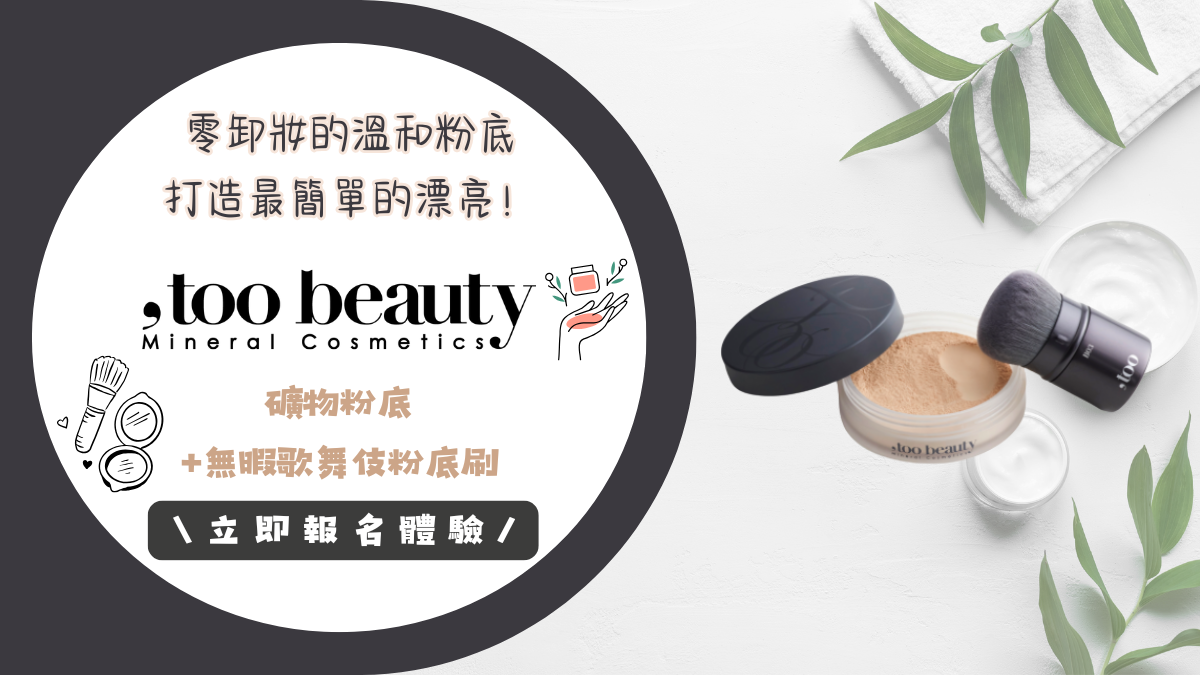
此文提供與課堂上不同的的觀點,給各位同學參考,不一定是絕對正確
The map illustrates two expected locations of supermarkets in Garlsdon town where the most population (65000) is among the neighbourhood.
The possible site (S1) is supposed to be located in countryside in which is to the north-west of city centre. Moreover, neither railway nor main roads pass through site 1, and it is 12 km far away from Hindon, the closest neighbouring city, to Garsdon.
Turning to the other expected location (S2), it is expected to base at roughly in the middle of the city centre where no traffic zone is. However, customers have another alternative to travel to site 2: railway. Trains will pass the north of site 2, and pass through whole Garlsdon from north-west to east-south. The city centre is surrounded by residential area and is between two industrial zones, so the supermarket of site 2 is looked forward to serving those citizens who dwell in the vicinity of city centre.
It is obvious that site 2 is expected to provide services for more buyers than site 1 does.

Given are two flow charts illustrating the process of a silkworm's growth and silk clothes making.
There are four stages in a silkworm's whole life according to the diagrams. At the first stage, mature moths lay eggs on leaves. After 10 days passed, the eggs will transform into the silkworm larvae(larva複數) that eat mulberry leaves as their major meal at the second stage. Every silkworm starts to make cocoon of silk thread after they have become the larvae for four to six weeks, and then cocoon will be accomplished in three to eight days. Finally, before departing from the cocoon and become a mature moth, each larva will stay in the cocoon for 16 days. When a mature moth lays eggs, another silkworm's life will go to this cycle again.
Turning to the production of making silk cloth, firstly, the selected cocoons are boiled in the water before they are unwound, and each cocoon can produce threads between 300 to 900m. In the next process, the silk is going to be twisted and dyed. Finally, silk can be weaved into cloth at the last stage, and a piece of dyed cloth is the final product.
To sum up, the process of making a cocoon and silk cloth seems complex as can be seen from the given charts.


 留言列表
留言列表


